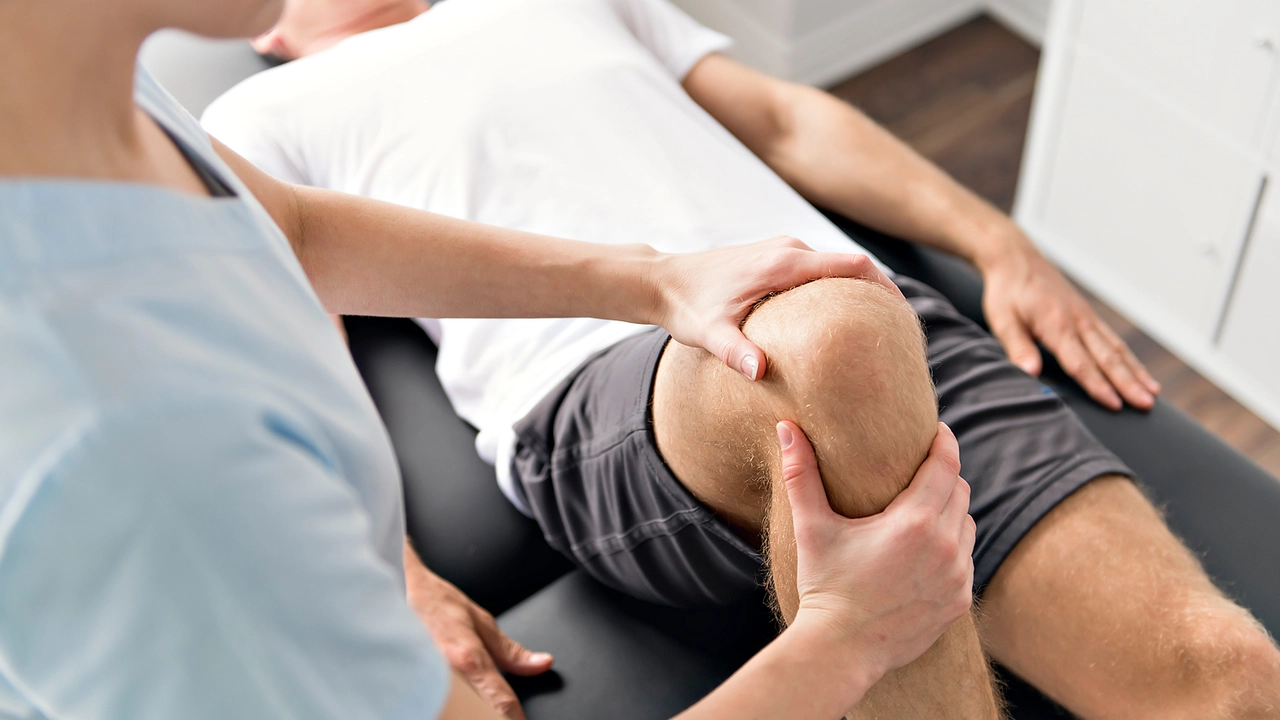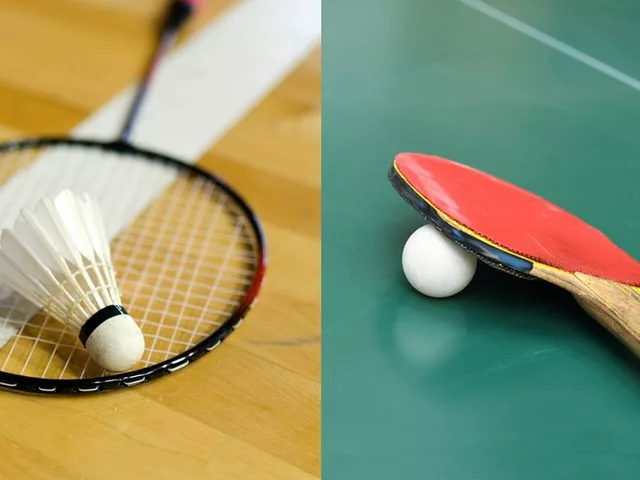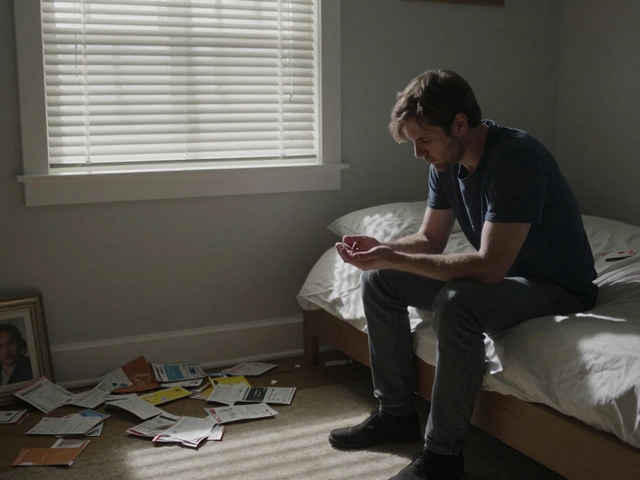Understanding Tennis Elbow
Now, you might think, since the term is 'Tennis Elbow,' you're probably safe if you're not a professional or amateur tennis player. But guess what? Kieran's got news for you! (Yes, that's me). Your beloved hobby of painting or even your daily routine of working on the computer can lead to it too. 'Tennis Elbow', or to give its less glamorous name, lateral epicondylitis, is a condition where the outer part of the elbow becomes painful and tender. This extends to the forearm too and can make activities like lifting a cup of coffee a Herculean task. Now, nobody wants to cry out in pain while enjoying their morning caffeine, so let's dive into understanding tennis elbow better.
The irony of this condition is that despite being named after a sport, around 95% of people who suffer from it don't even play tennis! That 15-minute match in the seventh grade really comes back to haunt some of us, doesn't it? Demystifying this, Tennis elbow generally happens when the muscles and tendons in your forearm are overused. So, don't go blaming the sport next time, blame your overenthusiasm instead!
Recognizing the Symptoms
If you think recognizing the symptoms of Tennis elbow is as tough as understanding the complexities of a Christopher Nolan movie, then boy, do I have good news for you! The symptoms are quite easy to spot. Having worked as a web developer and blogger (Fun fact: both activities involve repetitive use of the forearm muscles), I can tell you that the one thing that stood out was... pain! Your elbow throbs and hurts, and the ache extends right up to your forearm, sometimes even up till your wrist.
At times, the pain might creep up on you slowly, building up over months (like your unread emails), and sometimes, it might just hit you overnight (like the urgency to reply to said emails). The pain worsens when shaking hands, squeezing objects, or even during basic tasks like lifting your coffee mug (remember what we discussed earlier?). So, even simple activities become a chore! No one signed up for that.
Getting a Diagnosis
So, now you think you might have Tennis elbow, right? Well, hold on for a second! Before jumping into the sea of self-diagnosis (we’re all guilty of that, aren’t we?), get some professional advice. Consulting a professional ensures you're not mistaking this condition for something more (or less) serious. Many a times, carpal tunnel syndrome and arthritis can be confused with Tennis elbow, leading to incorrect treatments.
Your physiotherapist or doctor will generally question you about your symptoms, and sometimes may extend an interrogation about your lifestyle as well (the horror!). They might conduct a physical examination, put pressure on the area to check the level of pain, and may even make you move your elbow in different ways (almost like an elbow dance, but a painful one!). This is usually sufficient to diagnose Tennis elbow. However, in rare cases, if the pain doesn't seem to improve, they might suggest you get an X-ray or MRI to rule out other possible causes.
The Lifesaver: Physiotherapy Treatment
Physiotherapy is like that partner that annoys you a bit in the beginning, but soon you realize how much you needed it in your life. Claiming to have healing powers seems a bit exaggerated, right? But physiotherapy proves itself to be the panacea to Tennis Elbow, among other conditions. Here's a fun fact: I healed my Tennis Elbow just through physiotherapy! So, speaking from personal experience, it does work wonders.
Your physio will start with pain management, taking baby steps with pain relief exercises, recommending rest and suggesting certain modifications in your routines. They might use techniques like manual therapy, ice or heat therapy, and electrophysical therapy. Let me tell you, these techniques feel like a massage, but they have a long-lasting soothing effect. Trust me, your elbow will thank you for the attention!
Physical Exercises for Recovery
If you thought attending the gym or doing home workouts was tough, wait till you see the exercises your physio will prescribe for your Tennis Elbow! While sounding difficult, these exercises aim to cure the condition by strengthening the affected muscles and tendons. So, just like how spinach was essential for Popeye's strength, these exercises will be your elixir.
Do not panic or step back, thinking there's too much pain. Proper guidance from your therapist will ensure the exercises are done in a controlled manner, reducing pain and improving the muscle strength. One of the common exercises involves a rubbery bar called a Thera-Band Flexbar. It might look like a harmless toy, but it seriously challenges your forearm muscles and helps increase the grip strength & forearm supination. Be prepared, as the exercises are more about consistency than intensity. So, now, get ready to burn those elbow calories!
Prevention is Better Than Cure
If you've managed to read this far, kudos to you! For the final act, let's focus on the step that could have saved us from this conundrum in the first place: prevention. I know it may sound cliché, but it's truly better to prevent than to cure. Had I known about these preventive measures before, I might have saved myself from a lot of elbow woes, but hey, live, suffer, learn, right?
Prevention strategies revolve around avoiding repetitive motions, strengthening exercises, taking regular breaks, and maintaining good posture. Especially if your work involves prolonged repetitive activities, make sure you adopt these strategies into your routine. Your elbow will definitely appreciate this in the long run. And the good news is, there are plenty of guides available online to help you get started with this.
So, there you have it folks! Knowledge about Tennis Elbow and how physiotherapy can be a lifesaver dealt in a way you might not have encountered before (unless you've read my previous posts, then, you're in the know!). In all the seriousness, if you're suffering from elbow pain, don't delay seeking help. Let's treat our elbows right, they're the only ones we've got!





